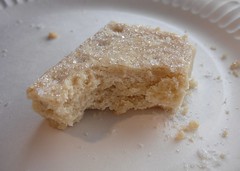
Railway modelling is supposed to be a solitary sport. The stereotypical modeller has no friends and sits on his (always his) own in a lonely room fiddling with toy trains. Occasionally he will put aside his tools to nip out and murder someone (copyright every TV detective drama ever made) but generally, all human contact will be avoided.
This is of course, rubbish.
I know this because I went to Railex on Sunday and talked to an awful lot of people, none of them murderers to my knowledge.
A shift change at work made the Sunday more appealing than the Saturday for a visit. This meant I'd have to eshew the nice train ride for a run down the motorway but on the plus side I knew the crowds would be significantly smaller and so the chance of conversing with people a lot greater. Arriving about half an hour before the show opened we parked up very near the door and wandered in. Tickets could be bought in advance and after this we grabbed a cup of tea. The prices and quality of refreshments were the first surprise. 2 teas and 2 shortbreads were just 4 quid. That's good going anywhere but in a leisure centre counts as a minor miracle. Better still, the shortbread was absolutely excellent. Mind you, the breakfasts on offer looked very tempting too. As a test we did try 2 more teas and food and found them all very good.
Inside, as expected, we were able to walk in comfortably and start to work around the hall. Sensibly, the quarter-circular East Dean was just inside the door allowing for a big lobby area to give people room to mill about and meet up by the entrance. The first purchase was made from Wizard models where I picked up some couplings to be used on the Isle of Man project.
And so it went on. In full-on magazine writing mode, I'm always on the lookout for possible projects to build and then write up and several of these were spotted.
Eileen's Emporium helped me re-stock on a few bits I'd used from my stash of detailing parts. At this point in the day they were happy to chat too and so I learn that they have been supplying long lengths of wire to the Notting Hill Carnival for headdresses. Apparently the organisers found them via a web search which proves the benefit of the excellent website.

A brief mention has to be made of various
DOGA members who I bumped in to around the hall. Brian was behind Borchester Market, which like Wagons Wheels is smaller than I remember it. The operating team were grasping wads of paper which apparently hold the sequence. It all looked a bit daunting to me but obviously worked as even first thing on a Sunday, there was plenty of movement.
By GW Models, Christopher had very sensibly brought a shopping list. I wish I'd thought of that as I wouldn't have forgotten to pick up some wire snips to replace my battered ones on the workbench. Trade, as ever, was excellent and I could have spend many times what I managed to do.
Now at this point I should probably reel off a list of the new goodies I saw, but some of these are secret because they came back in my bag and others aren't available yet, including several resin lowmac type wagons. To be honest, this is the wrong time of year for new releases anyway, instead people were stocking up for the quiet show season. Railex is the last hurrah for serious modeller type shopping. You don't see a collection of bits'n'pieces trade like this until the autumn now.
On the layout front, well I liked
Mr N's Combwich, especially the new Planet loco and Thomas poking out of the shed. For the later he will be forever cast out of the finescale world of course.

The Nettlebridge Valley Railway impressed me. Deep baseboards allow for a much more impressive scene than you normally see. Setting the model back in 1910 adds extra interest, in fact the model looked just like photos I've seen of early railways. This is definitely not the same as later lines but in a way I can't quite define.
My favorite loco of the show has to be the
4mm scale narrow gauge Garratt on Ddualit. How so many waggly bits and operate in such a small scale so well is a mystery to me. At one point it shared the layout with a Double-Fairlie as well. Articulated heaven !
After 6 hours we left talked out and happy. Saunday is obviously the day to go if you want to see the show properly. The first day, the crowds had apparently been chocca. Next year - we'll be doing this again. Unless you are really desperate for the latest bargains, it's the future of exhibition attendance.
More of my photos on Flickr.





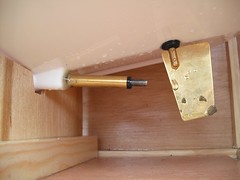

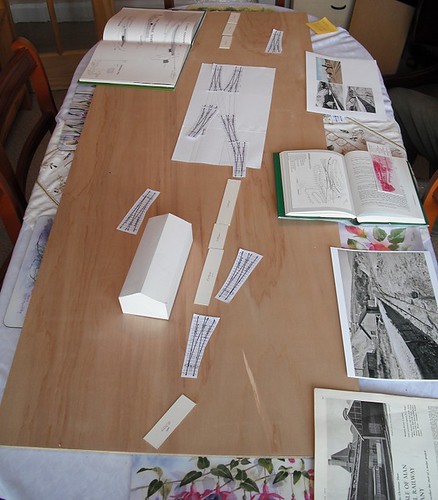
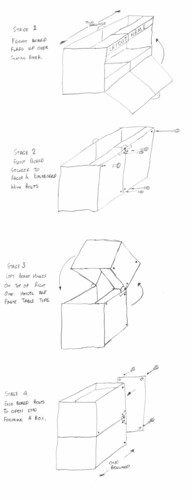
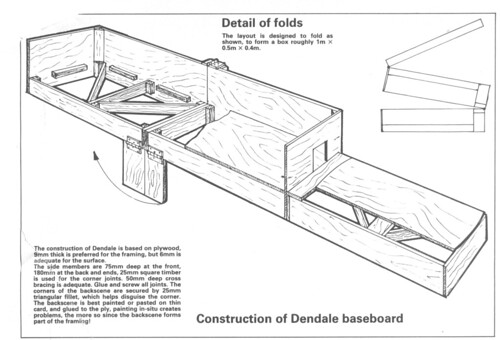
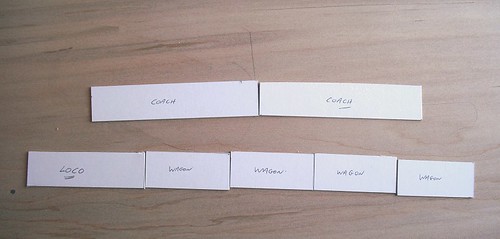
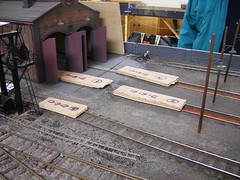


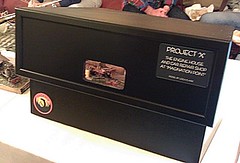
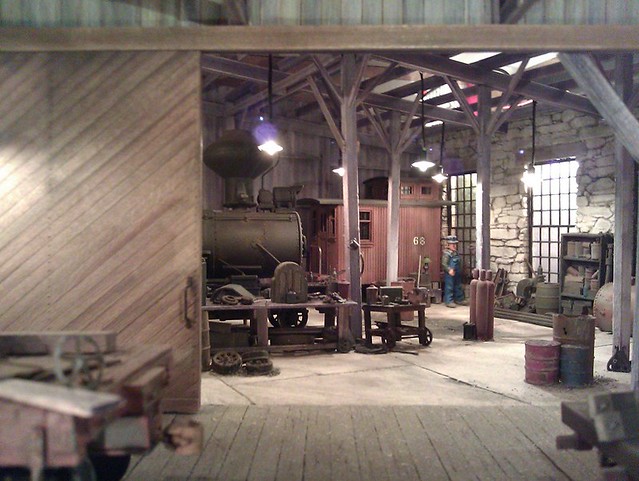
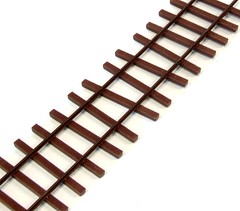

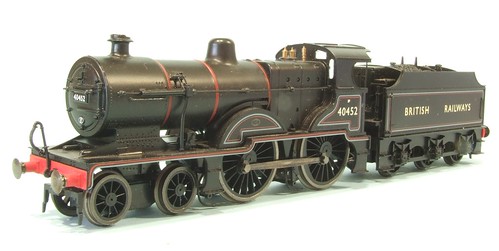

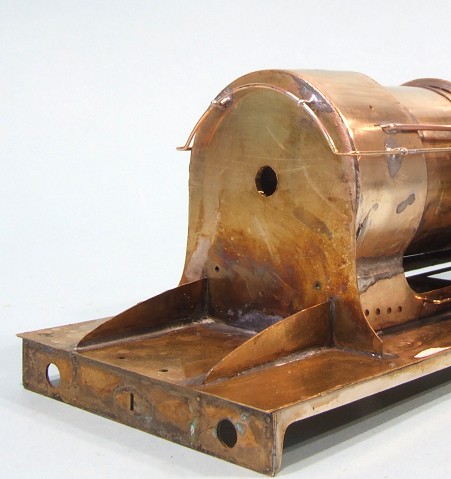
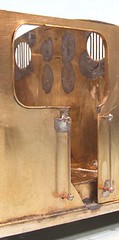
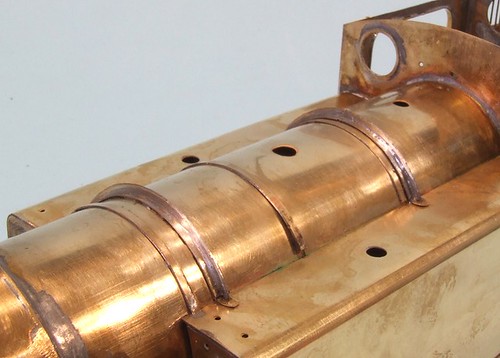
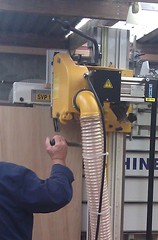
old1.jpg)


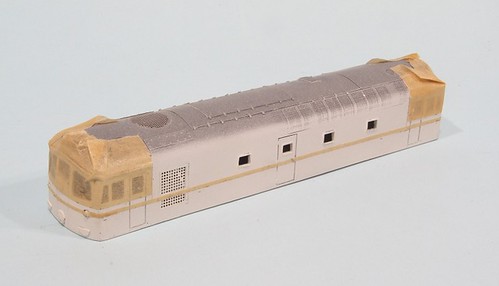
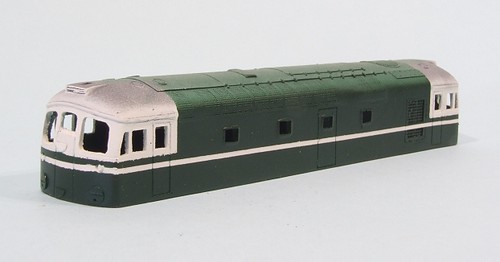



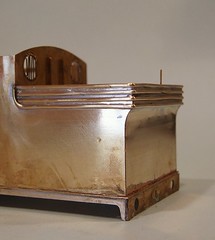

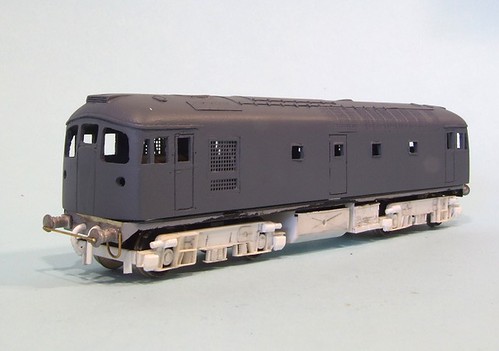
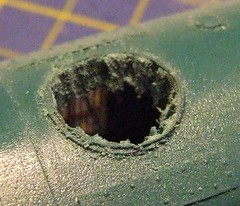
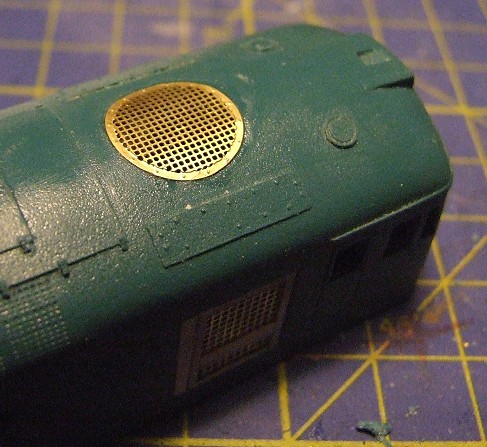
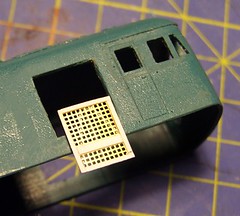

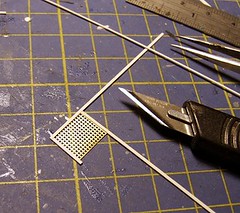
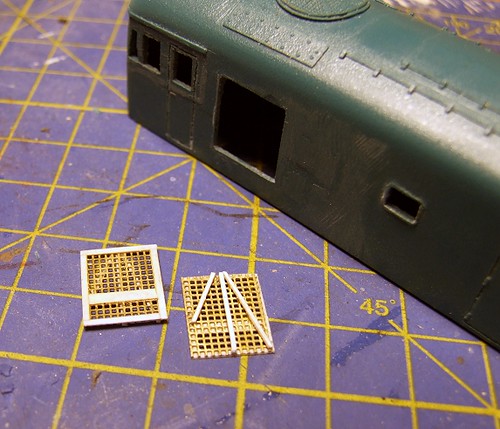
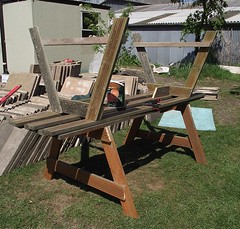
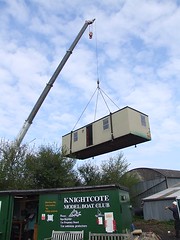
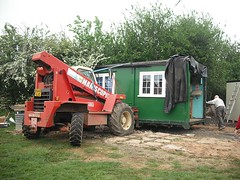
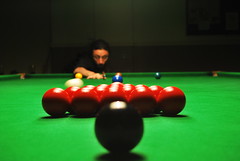 Apparently we are all supposed to run outside and do stuff in the open air. In theory that means gardening but around here it mostly seems to be visiting garden centres, DIY sheds and while we are on the retail park, we'll go to Tesco and look, there is a new Cafe Nero and a big branch of Next, well go and have an ice cream from the van in the middle of the car park.
Apparently we are all supposed to run outside and do stuff in the open air. In theory that means gardening but around here it mostly seems to be visiting garden centres, DIY sheds and while we are on the retail park, we'll go to Tesco and look, there is a new Cafe Nero and a big branch of Next, well go and have an ice cream from the van in the middle of the car park.